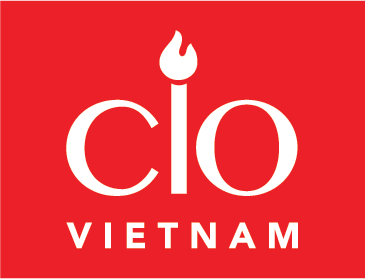CIO Coaching Diary – Season 9, Episode 5: Enterprise Architecture | The Hitchhiker’s Guide to the Galaxy
“My methods of navigation have their advantages. I may not have gone where I intended to go, but I think I have ended up where I needed to be.”
This line captures my experience with TOGAF 10 more accurately than any formal definition ever could.
Before approaching the Enterprise Architecture module, I believed that technical expertise was the ultimate key to success. My world revolved around algorithms, code, platforms, the cloud-native ecosystem, and intricate system designs. The questions that shaped my thinking were almost always technical: “Will this system perform well?”, “Is the security sufficient?”, or “Have we optimized performance to the maximum?”
TOGAF 10 reshaped that mindset. I came to understand that organizations require more than functional systems; they need an architectural foundation that enables long-term transformation. Technology, I realized, is not the starting point but rather the final layer of a broader framework that also encompasses Business, Data, and Application domains.
The Strategic Shift
This shift compelled me to think more like a business executive than a software engineer. My questions changed:
- “What is the company’s three-year strategic direction?”
- “Which core business capabilities must be strengthened to deliver on that strategy?”
- “How can the ADM interaction loop be applied effectively, ensuring that each phase both informs and adapts to the others in practice?”
- “What risks could threaten the transformation, and how should they be managed within the architecture roadmap?”
Among the most powerful lessons was the ADM (Architecture Development Method). I now see it less as a rigid process and more as a journey: one that begins with vision, flows through business and information systems, and concludes with technology. Enterprise Architecture, in this sense, is not about controlling every detail. It is about providing a compass to guide the enterprise, even when the actual path diverges from the initial plan.
Reflecting on my own career, I find the quote profoundly true. As an engineer, I never concerned myself with business strategy. Today, however, I recognize my evolving role as a Principal Solution Architect – someone who must bridge technology with business outcomes, linking present realities to future goals.
TOGAF 10 did not turn me into a strategist overnight, but it provided me with a new lens. I now appreciate the significance of concepts such as business capabilities, transformation roadmaps, governance, and risk management. Most importantly, I have realized that architecture is more than diagrams; it is the art of telling a story compelling enough to persuade both engineers and senior leaders.
Looking back, I see how far I have moved beyond a purely technical mindset. Business value is no longer an afterthought but the true destination. This perspective enables me to contribute more meaningfully – by aligning IT decisions with enterprise strategy rather than focusing solely on system design.
In the end, my journey mirrors the spirit of that quote. The path has not been what I first imagined, yet it has led me precisely where I needed to be: at the intersection of business and technology, ensuring that architecture is not static design but a living enabler of enterprise transformation.
*** – Sep 2025
Tyler Nguyen – Digital Leaders SS09
Organization: GFT Technologies
Position: APAC Solution Architect
[ABOUT US]
– CIO Coaching is a non-profit program, training digital managers and leaders who aspire to become CIO (Chief Information Officer) or CTO (Chief Technology Officer).
– Register for enrollment now: https://ciocoaching.org/tuyen-sinh/
#CIOCoaching #CIOVietnam #Hạt_giống_lãnh_đạo_CNTT
